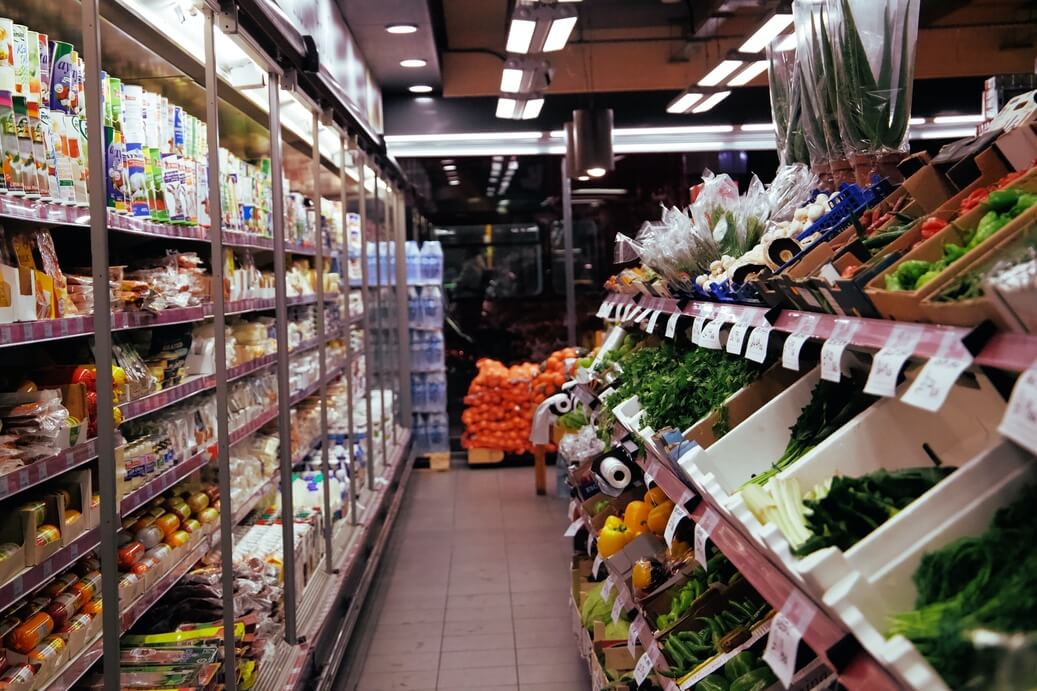
Healthy eating doesn’t have to be expensive. Here are 20 ways to help you save money on food.
Look at grocery store flyers, newspaper ads and online to see what items are on sale.
Your grocery list should include the ingredients that you need to make healthy meals and snacks. Make a menu plan to help you put together your grocery list so you buy only what you need.
Coupons can help you save money only if you will actually eat or use the food. Check the expiry date on the coupons.
As you shop, add up your grocery bill to help you stay on budget.
These stores offer more variety and usually cheaper prices than convenience stores or small specialty shops.
Write down the regular prices of foods you buy often. This will help you figure out which stores have the best prices and if you are getting a good deal on sale items.
When you shop on an empty stomach, everything suddenly looks delicious! You may be more tempted to buy unhealthy choices and foods you don’t need.
On the perimeter (or outside aisles) of the store you will usually find the fresh vegetables, fruit, fish, lean meat, eggs and lower fat milk products. Go to the inside aisles for other nutritious staples such as grain products, beans, nuts, seeds, peanut butter and whole grains. Skip the aisles with the pop, candy and chips.
Vegetables and fruit are cheaper when they are in season. Avoid waste by buying fresh fruit at different stages of ripeness. Choose some fruit that is ripe and ready to eat, and some that will ripen in a few days. That way you’ll have enough time to eat all your purchases.
When fresh is out of season or too expensive, buy frozen or canned vegetables and fruit. They are just as nutritious. If using canned vegetables, rinse them under cold water first to wash away some of the sodium.
The most expensive items are usually put on the shelves where you can easily see and reach them. Some of the less expensive items may be on the higher or lower shelves.
Choose foods with a best before or expiry date that will give you enough time to eat it all and prevent waste.
Reduced vegetables are good for soups and stews. Ripe bananas are perfect for making muffins or banana bread. Day old bread is fine for eating and makes good French toast or grilled sandwiches. Ripe melons can be diced and frozen, or puréed to make smoothies.
No-name or store brand items are nutritious and are usually cheaper than the brands with fancy packaging. Try no-name or store brand products such as cereal, pasta, vegetables and canned goods.
The unit price tells you how much something costs per “unit” or per 100 grams (g) or 100 millilitres (mL). Don’t worry about using a calculator to figure this out. You can usually find the unit price in small print under the main price. This price can help you compare whether a large or small size of an item is a better buy.
The bulk bins are good for ingredients such as dried herbs, spices, rice, pasta, flour and different whole grains. Buy only the amount that you need to save money. (If you have food allergies, be aware that bulk bins are not allergy-safe).
Rice, pasta, low sodium canned fish, and dried legumes (beans, lentils, peas) all have a long shelf life. Stock up when they are on sale, but only if you have space to store them at home. See the Food Handlers’ Storage Guide to find out how long food can last in your refrigerator, freezer and cupboard.
Prevent waste by storing foods properly. Apples turn soft quickly if you leave them at room temperature, so keep them in a plastic bag in the refrigerator crisper. Store mushrooms in a paper bag, not in a plastic bag. Keep potatoes in a cool, dark, dry place away from the onions. For more tips, watch our videos How to store fruit to keep them fresh and How to store vegetables to keep them fresh.
Whenever you can, make your own meals. It is less expensive than buying ready-to-eat, prepared meals. If you need practice cooking, see what programs your local public health unit has to help you get comfortable in the kitchen.
If you can, grow your own vegetables and herbs in the summer – even if you don’t have a backyard. Tomatoes, lettuce, basil, radishes, cucumber, spinach and many others can be grown in containers on a sunny balcony.
AstheticTrend collects & utilizes cookies from third-parties & affiliate networks to improve user experience. If you buy a product or service after clicking on one of our links, we may get a commission.